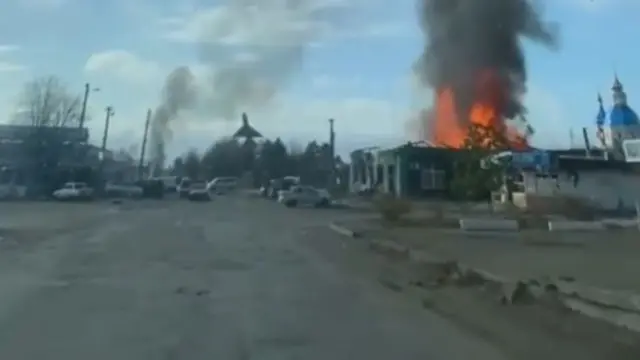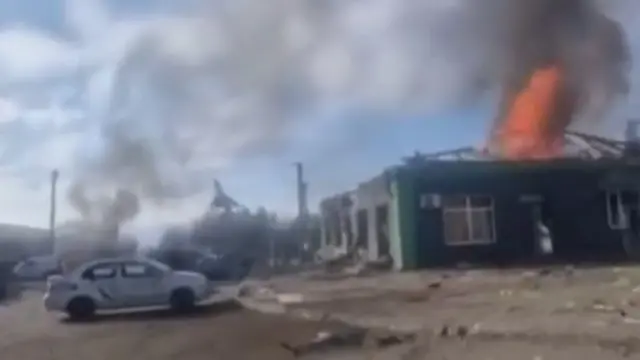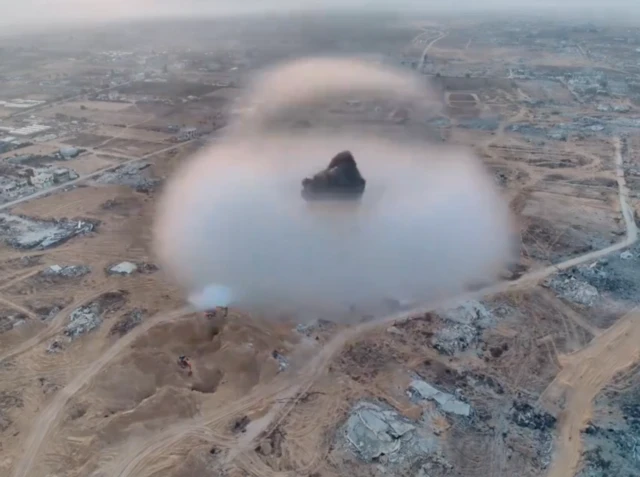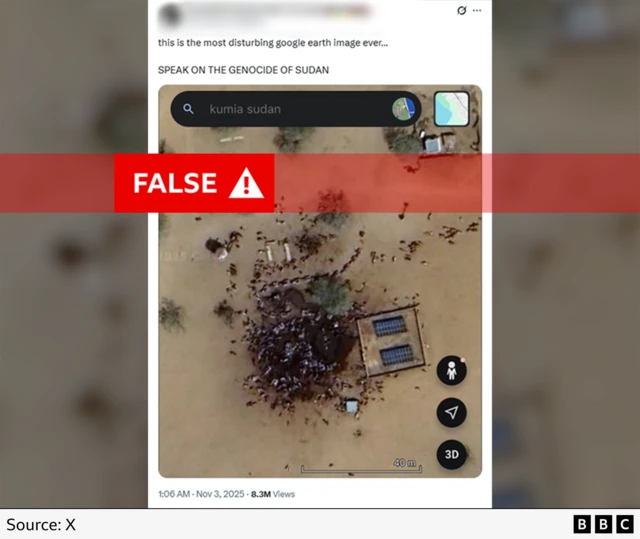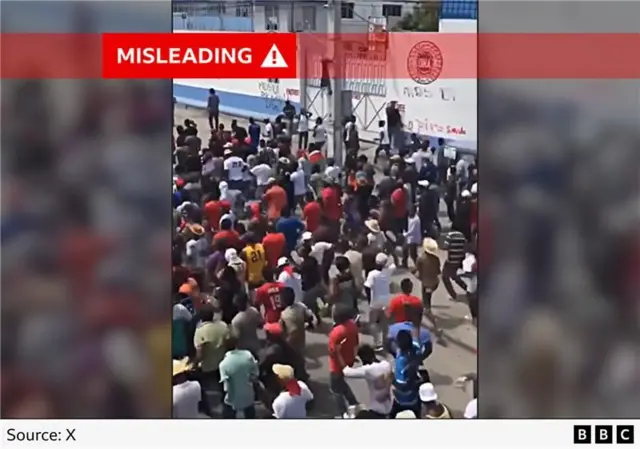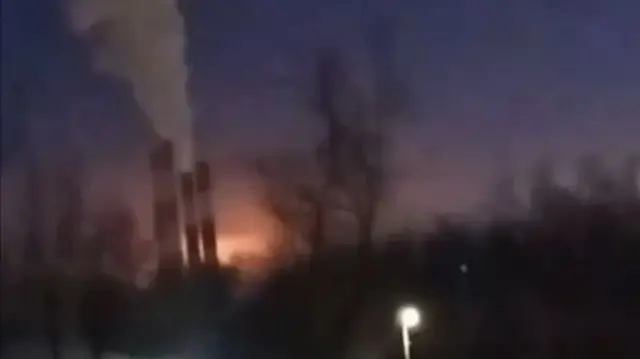Verifying attacks in Russia and Ukraine and fact-checking the UK chancellorpublished at 17:34 GMT
 Rob Corp
Rob Corp
BBC Verify Live editor
BBC Verify Live is drawing to a close but we are here through the evening carrying out verification for our colleagues across BBC News.
Our team in Washington DC is keeping an eye on election day in the US as voters head to the polls to elect a mayor in New York City and governors in Virginia and New Jersey.
Here on the live page we brought you verified videos of an apparent attack on a petrochemical plant in Russia. And this afternoon our team confirmed videos from a town in Ukraine that appears to have been struck in an aerial attack.
Chancellor Rachel Reeves spoke earlier about the UK economy ahead of her Budget on 26 November. We looked into what taxes she might put up and why the cost of government borrowing has risen. You’ll be able to read policy and analysis correspondent Ben Chu’s full write up on the BBC News website and app this evening.
As ever - you can get more of our investigations, analysis and videos on the BBC Verify pages of the BBC website.



